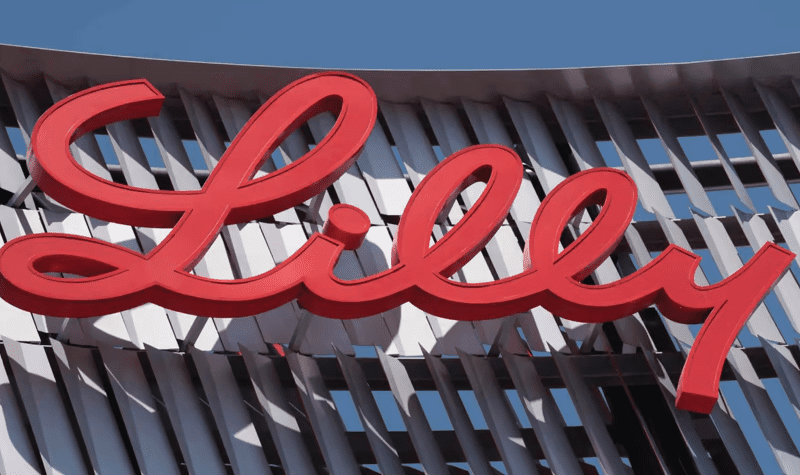Eli Lilly has turned over the cards on its $1.1 billion bid to challenge Sanofi and Regeneron’s Dupixent for the atopic dermatitis market. Analysts at Jefferies called the data compelling, although a hoped-for point of differentiation over the blockbuster incumbent has weakened.
Lilly paid $1.1 billion to acquire Dermira for the anti-IL-13 antibody lebrikizumab in 2020 before going on to report the top-line success of two phase 3 clinical trials last year. The top-line readout revealed the drug candidate is better than placebo while leaving the more important question of how it matches up to Dupixent unanswered. Lilly went some way to clearing up that question at the American Academy of Dermatology Annual Meeting in Boston over the weekend.
“Detailed lebrikizumab eczema data are compelling, with skin clearance at least on par with Dupixent or better on an absolute basis, notably the ADvocate1 trial. Itch improvement could be differentiating, albeit rates of conjunctivitis not as differentiated as hoped,” analysts at Jefferies wrote in a note to investors.
The analysts compared the results shared by Lilly, adjusted to show improvement over placebo, to data from the SOLO-1 and SOLO-2 phase 3 trials of Dupixent. With the caveat that cross-trial comparisons can be unreliable, the results suggest that lebrikizumab can hold its own against Dupixent.
Across the two lebrikizumab trials, the placebo-adjusted proportion of patients who experienced at least 75% skin clearance after 16 weeks of treatment ranged from 33% to 43%. The comparable numbers from the Dupixent trials were 32% and 36%. Similarly, the placebo-adjusted proportions of patients who had clear or almost clear skin in the lebrikizumab trials were 22% and 30%, versus 28% for Dupixent.
Those data suggest lebrikizumab can hold its own against Dupixent while leaving scope to doubt whether it has enough of an edge over the incumbent to eat away at its market share. The analysts were looking for other endpoints to differentiate lebrikizumab from Dupixent.
There is a suggestion that lebrikizumab may be better than Dupixent at treating itch. “As anticipated, lebrikizumab appears superior when it comes to efficacy treating itch, the key symptom of issue for patients, with 27%-34% improvement notable versus Dupixent 26%-29%, in our view,” the analysts wrote.
Based on a 2.7% rate in the phase 2b trial on lebrikizumab, the analysts flagged conjunctivitis as another potential point of differentiation. However, the gap between the rates of conjunctivitis in the phase 3 trials of lebrikizumab, 7% to 8%, and the Dupixent studies, 10%, was smaller than expected based on the midphase data.
Attention now turns to upcoming maintenance data on lebrikizumab. The analysts see the data, which they expect by the midpoint of the year, as key to Lilly’s efforts to show lebrikizumab is more convenient than Dupixent.
“Experts we have spoken to favor lebrikizumab for its potential to achieve similar efficacy to Dupixent with potentially more convenient 4-weekly dosing vs 2-weekly, with its efficacy treating itch also noted as impressive,” the analysts wrote.

